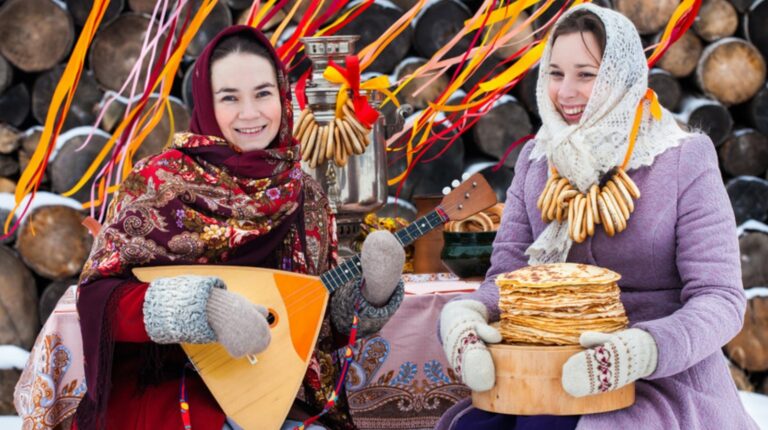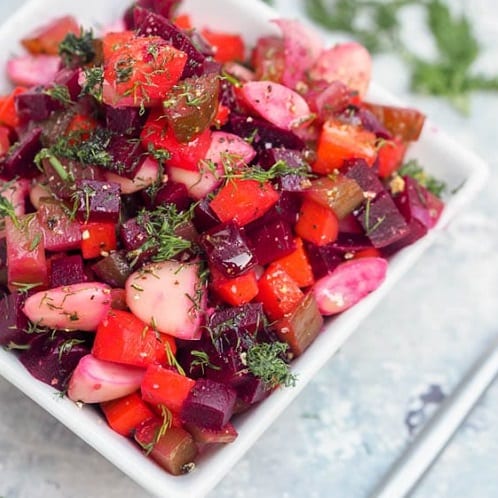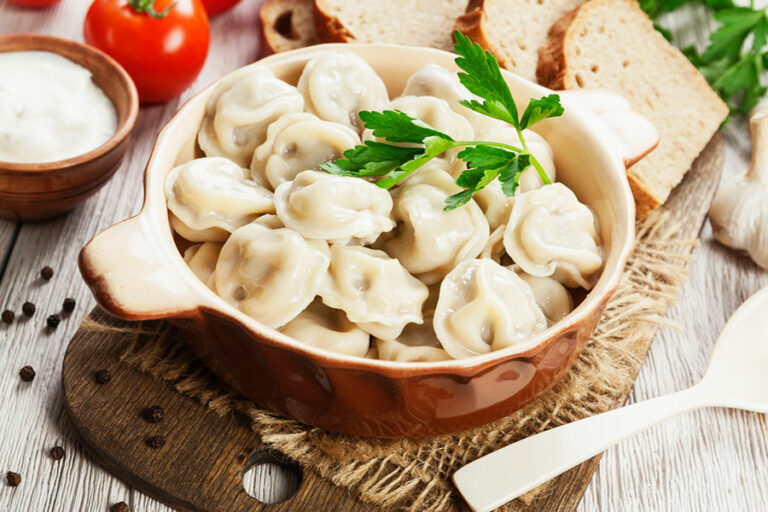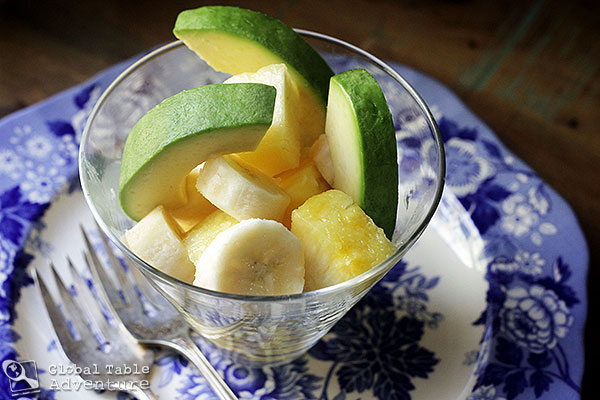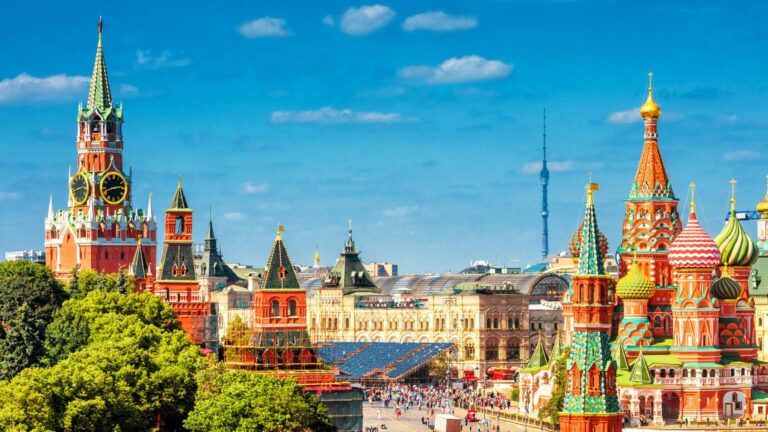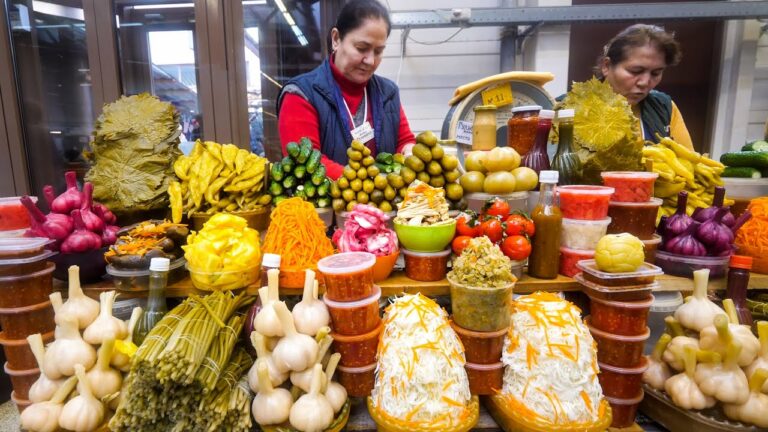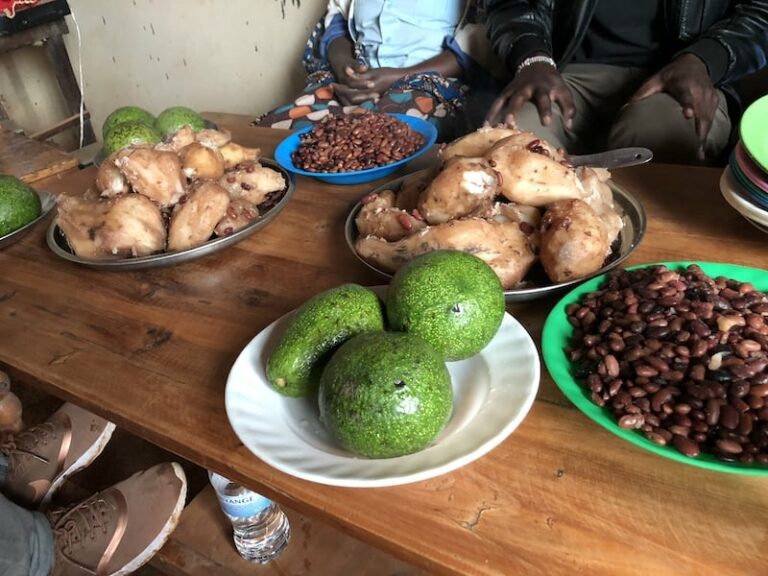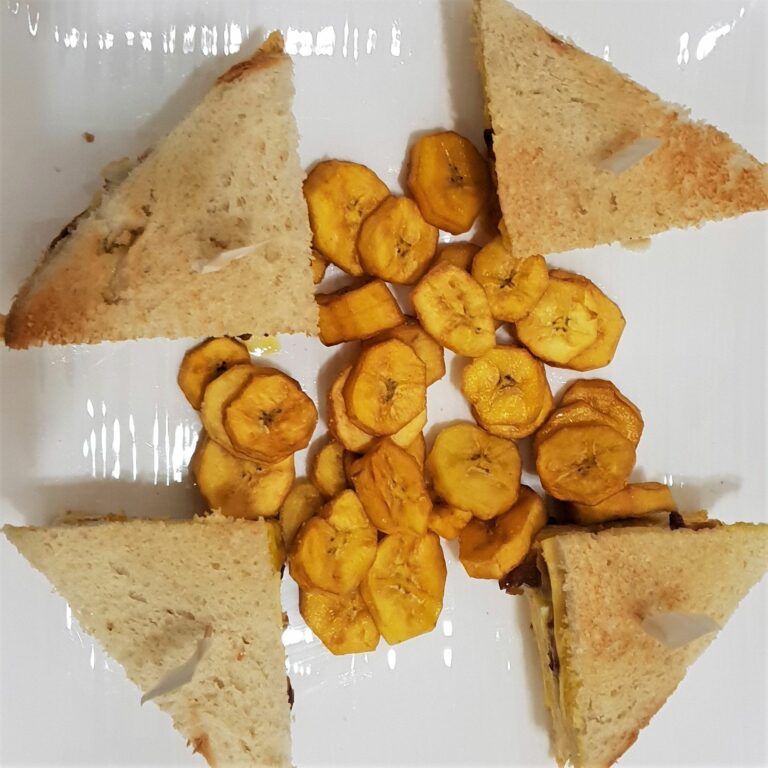Introduction: Russian cuisine and cultural traditions
Russian cuisine is a unique blend of flavors, techniques, and ingredients that reflect the country’s rich cultural traditions. Russian cuisine has been influenced by a multitude of factors, including geography, religion, and political history, resulting in a diverse and flavorful cuisine. The cuisine has evolved over time and has been shaped by the changing cultural, social, and economic landscape of the country.
The traditional Russian cuisine is known for its hearty and filling dishes, which are perfect for the harsh winters. The cuisine has a distinct flavor profile, with a focus on sour, salty, and savory flavors. The use of herbs and spices is minimal, with the emphasis on the natural flavors of the ingredients.
The role of geography in Russian cuisine
The vastness of the Russian landscape has played a crucial role in shaping the cuisine. The country’s geography, with its harsh climate, has dictated the use of certain ingredients. The colder regions of the country have led to the use of preserved foods, such as smoked and pickled fish, meats, and vegetables.
The country’s vast forests have provided a rich source of mushrooms and berries that are used in traditional dishes. The fertile plains of Russia have also influenced the cuisine, with the widespread use of grains, such as wheat, rye, and barley. These grains are used to make staple foods like bread, porridge, and dumplings.
Influences of Russian Orthodox Christianity
Russian Orthodox Christianity has had a profound influence on the cuisine, with religious festivals and traditions shaping the way food is prepared and consumed. The Orthodox Church follows a strict calendar of fasting and feasting, which has led to the development of a unique cuisine that is rich in symbolism and tradition.
During fasting periods, meat, dairy, and eggs are forbidden, leading to the widespread use of vegetables, legumes, and grains. Traditional dishes like borscht (beet soup), blini (thin pancakes), and pirozhki (stuffed pastries) are enjoyed during feasting periods.
The impact of Soviet-era rationing
The Soviet-era rationing had a significant impact on the cuisine, with a limited variety of ingredients available. The government-controlled the production and distribution of food, and people had to rely on what was available to them. Meat was rationed, leading to the widespread use of vegetables, legumes, and grains.
The government also promoted the use of food preservation techniques, such as canning and pickling, to ensure an adequate food supply. These techniques continue to influence the cuisine, with preserved foods, like pickled cucumbers and sauerkraut, being a popular accompaniment to many dishes.
Traditional Russian dishes and their cultural significance
Traditional Russian dishes are an essential part of the country’s culture and history. The dishes have evolved over time, with each region of the country having its unique culinary traditions.
Dishes like borscht, a soup made with beets, cabbage, and meat, and pirozhki, small savory pastries filled with meat, fish, or vegetables, have become synonymous with Russian cuisine. Other traditional dishes include pelmeni (dumplings), shchi (cabbage soup), and kasha (porridge).
Modern Russian cuisine and fusion influences
Modern Russian cuisine is a reflection of the country’s changing landscape and its growing diversity. The cuisine has embraced international flavors and techniques, resulting in a fusion of traditional and modern flavors.
Chefs are experimenting with new ingredients and techniques, while still paying homage to the traditional dishes. The use of fresh herbs, spices, and sauces is becoming more common, while fusion dishes like sushi with a Russian twist have become popular.
In conclusion, Russian cuisine is a reflection of the country’s rich cultural traditions and history. The cuisine has been influenced by a multitude of factors, including geography, religion, and politics, resulting in a unique blend of flavors and techniques. Traditional dishes continue to be an essential part of the culture, while chefs are experimenting with new ingredients and techniques to create a fusion of traditional and modern flavors.

